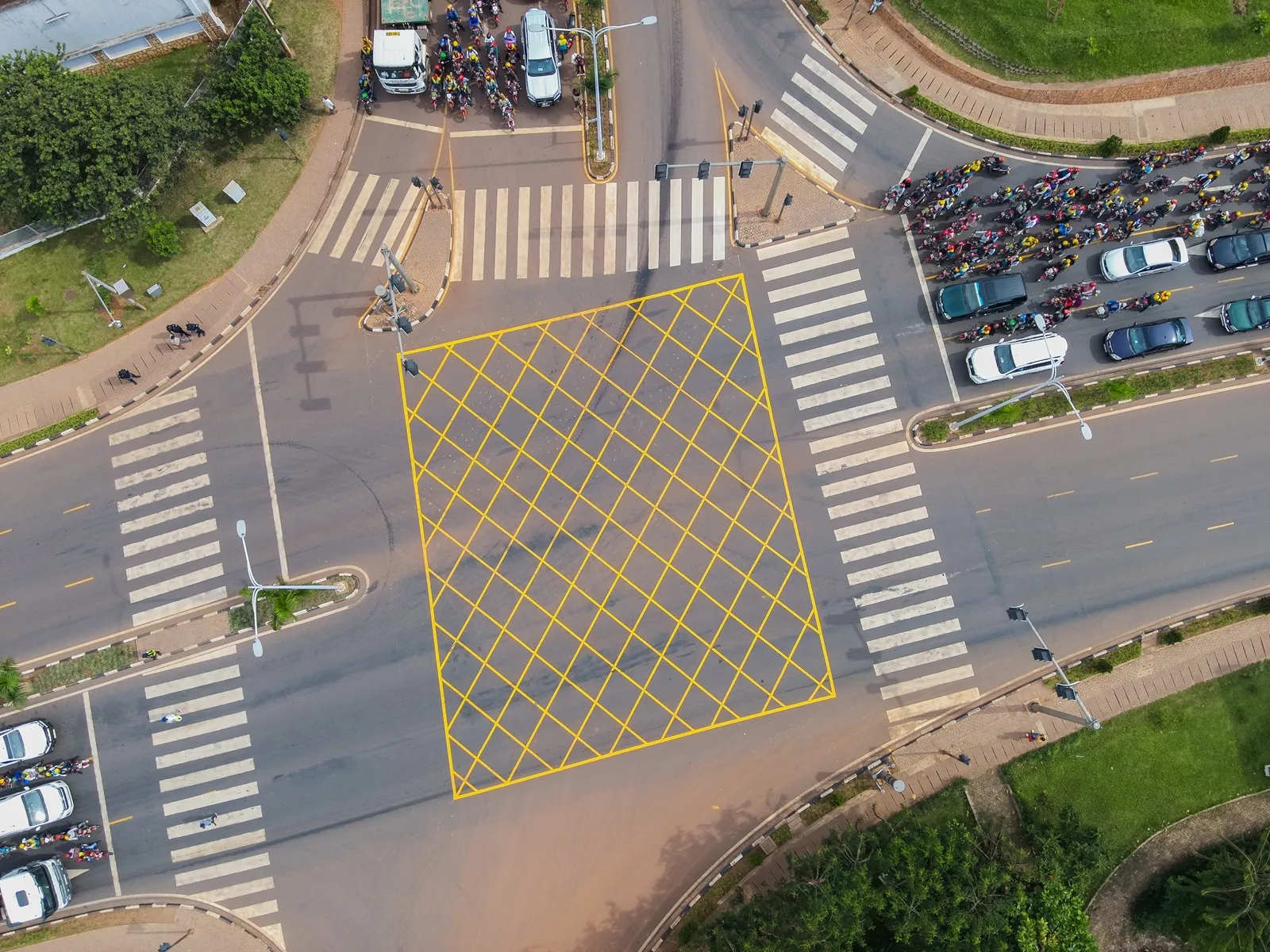Gemalto has deployed a Netsize SMS ticketing solution for Milan's public transport company, ATM (Milan), enabling commuters to purchase and use tickets via mobile phone. ATM carries around 700 million passengers a year and now benefits from a sales channel that is available 24/7 via any type of mobile phone on any of the four major Italian mobile network operators.
The direct operator billing solution enables travellers to send a text message to a standard short code number, with the Netsize system charg
June 8, 2015
Read time: 2 mins
The direct operator billing solution enables travellers to send a text message to a standard short code number, with the Netsize system charging the fare directly to the customer's regular mobile phone bill. They receive an SMS in return with a code which they show to the bus controller on request or enter into the vending machine in exchange for printed metro ticket.
"Customers love the ease and accessibility of SMS ticketing, which does away with the struggle to find the right change," said Roberto Andreoli, CIO for ATM. "This new service for ATM marks the third phase of mobile ticketing in Milan and, with the introduction of QR codes, it's also possible to directly access underground lines, after buying a ticket via SMS ticketing."
"SMS ticketing delivers an easier ride for travelers and outstanding efficiency benefits for transport providers," added Benoit Bole, senior vice president of Netsize at Gemalto.










